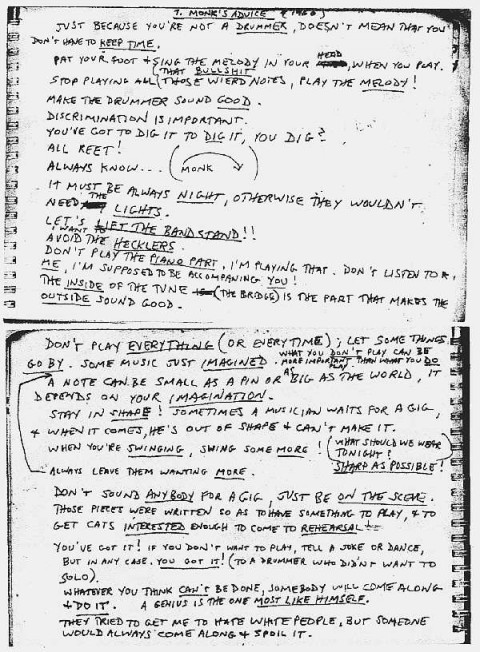Don’t get too excited, Bad Seeds fans — although, come to think of it, you might reasonably get excited anyway at these “soundsuits,” crafted by the other Nick Cave, a dancer and visual artist. The brief video above, from Cave’s show Meet Me at the End of the Earth last year at the Seattle Art Museum, gives you an idea of what these things look like and how they move. Using a near-bewildering variety of striking textures and unconventional components — “sandwich bags, spinning tops and crocheted doilies” get specific mentions — Cave crafts several layers of visual interest inside which to place a particularly adventurous modern dancer. Seattle Art Museum curator Pam McClusky describes the soundsuits as “a cross between Carnival, Liberace, Shonibare, Cockney, haute couture and African ceremony.” To say the least.
Viewing Cave’s soundsuits in a museum setting is one thing; witnessing them in action out in the wild is quite another. As long as we’re talking about the greater Puget Sound area, play the video just above and watch a squadron of soundsuit-clad dancers invade Microsoft. One can hardly imagine a starker clash than Cave’s aesthetic of patchwork flamboyance and the Microsoft campus, that locus classicus of the slickly beige Pacific Northwest high-tech nineties. But for an even more fascinating artistic contrast, I say we put an end to the name-related confusion and unite this Nick Cave in collaboration with the brooding Australian singer-songwriter. Until that comes together, fans of one Cave can visit the other’s Soundsuit Shop to gather the materials for their own mash-up.
via Metafilter
Colin Marshall hosts and produces Notebook on Cities and Culture. Follow him on Twitter at @colinmarshall.



